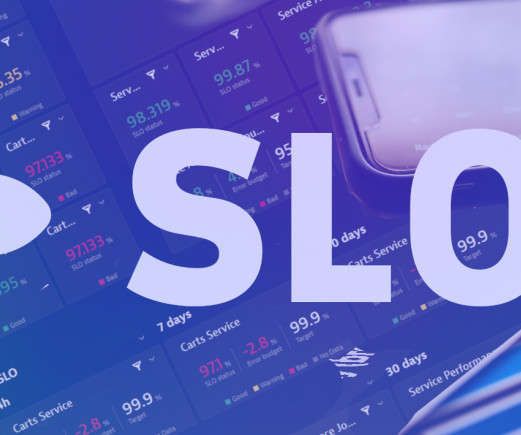Implementing service-level objectives to improve software quality
Dynatrace
DECEMBER 27, 2022
By implementing service-level objectives, teams can avoid collecting and checking a huge amount of metrics for each service. When organizations implement SLOs, they can improve software development processes and application performance. SLOs improve software quality. Latency is the time that it takes a request to be served.











Let's personalize your content